Monarch Butterflies are vital players in our ecosystems, serving as umbrella species whose protection benefits a myriad of other creatures in their habitat.
Sadly, their population decline has led to their classification as Endangered by the Canadian government in December 2023.
Not only are these butterflies important, they are fascinating too! How many insects do you know that can sustain a 4,000 kilometre flight to central Mexico each fall? So how do they do it? This question has puzzled researchers for decades, but a few researchers have found some pretty surprising secrets that these butterflies have up their sleeves…errr….wings.
Secret #1: White Spots
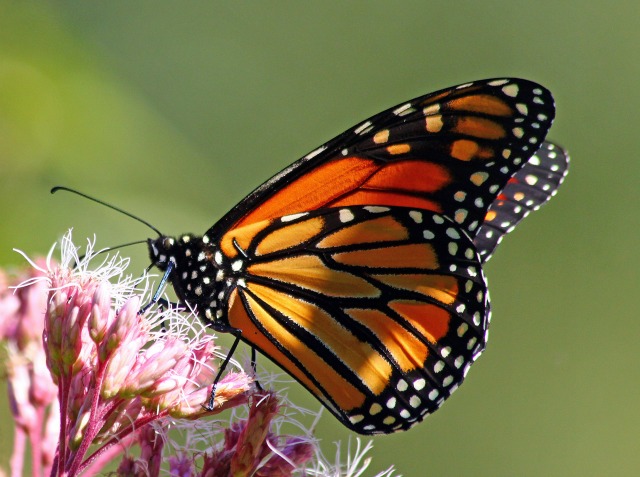
A 2023 study from the University of Georgia Odum School of Ecology found that those stunning white spots on Monarch wings aren’t just for looks—they’re key to the butterflies’ epic journey. It seems that butterflies with more of these white spots dotted on their wings tend to ace the long-distance flight to their wintering grounds in central Mexico. Researchers analyzed nearly 400 Monarch wings at different stages of the journey and looked at their colouring and patterns. Successful migrant Monarchs had three per cent less black and three per cent more white spots on their wings.
Researchers believe that these spots are linked to the amount of radiation Monarchs encounter during their migration. As these majestic butterflies embark on their epic journey, they’re exposed to copious amounts of sunlight – especially when you consider that they fly with their wings spread wide open for the majority of their migration. Lead researchers believe that these resilient creatures have evolved to capitalize on this solar energy, using it to enhance their aerial efficiency.
Secret #2: Solar Energy
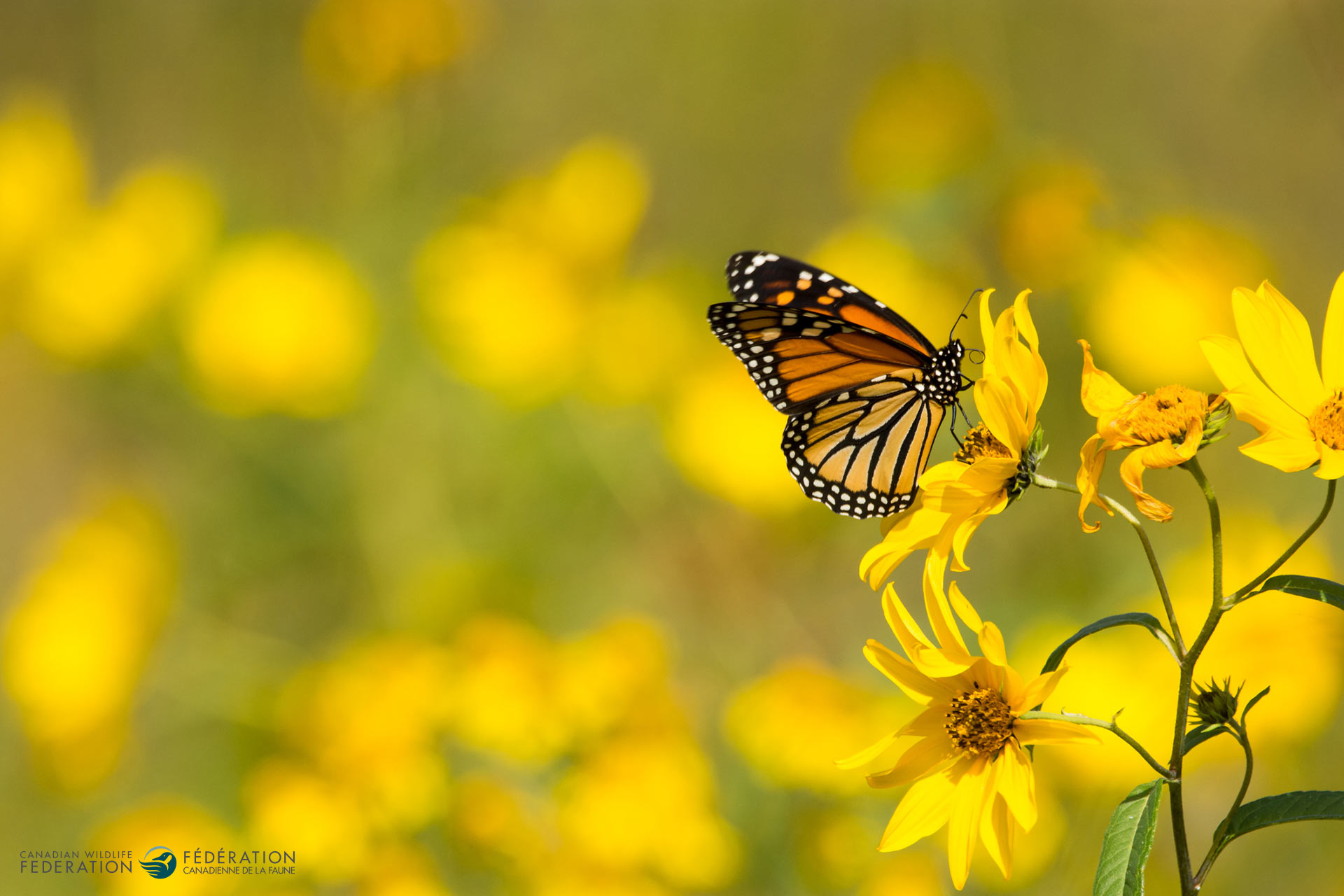
Recent research from Julius-Maximilians-Universität Würzburg in Germany has shed some light on another secret to the Monarch Butterfly’s long migration: their internal compass.
Scientists had previously noticed cells in the Monarch’s brain that seemed to process sunlight direction. Researchers found that these cells actually act like a compass, helping the butterflies determine where the sun is in relation to their flight path.
To understand this better, the researchers set up flight simulators for Monarchs and watched their brain activity while they flew around. They discovered that the butterflies need to actively move to use the sun’s position as a compass during their migration. With a little thinking and a lot of flapping, Monarchs are able to navigate their long journey. Can you imagine getting to Mexico without a GPS? It truly is incredible!
How to Help Monarch Butterflies
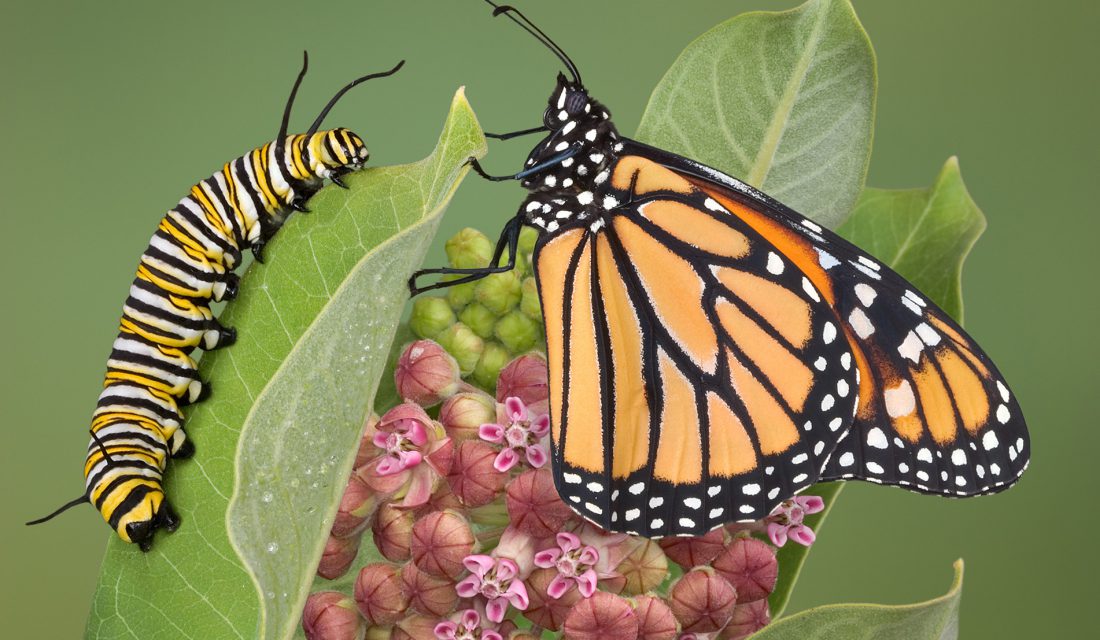
Do:
- Buy nursery plants from reputable retailers ensuring no neonicotinoid pesticides were used.
- Ask your Municipality to restore roadside habitat for Monarch Butterflies and other pollinators. https://en.wikipedia.org/wiki/Lists_of_municipalities_in_Canada
- Plant native flowers rich in nectar like hawthorn, violet, bleeding heart, dogwood, service berries, asters, columbine and lupine. Nectar is what adult butterflies use to get the energy for their migration.
- Download the iNaturalist app and submit photos of Monarch Butterflies.
- Grow a Monarch-friendly garden. Due to an ever-changing Canadian landscape, butterflies benefit from feeding on a range of flowers. So plant open and deep flowers of red, blue or violet hues in your garden. Some of their favourites? Joe-pye weed, Liatris and milkweed.
- Plant milkweed. Monarch larvae and caterpillars survive exclusively on milkweed – making this plant imperative to their survival. Milkweed toxins (cardiac glycosides) are distasteful to birds, with the exception of a few species at the overwintering sites in Mexico. So when the monarch noshes on milkweed in its youth, the poison is stored in their system (even when they fully develop into a full blown butterfly) and protects them from predators. There are 14 milkweed species across Canada so you’ll want to do some digging to find out which are native to your corner of the nation. Common milkweed is probably the most widespread species.
Don’t:
- Use herbicides and pesticides in your yard, as they kill milkweed and other beneficial wildflowers.
- Forget to buy organic and advocate for reduced pesticide use in agriculture.
- Use common milkweed in provinces where it’s listed as a noxious weed without checking regulations.
- Use pesticides and herbicides, as they eliminate necessary “weeds” for Monarchs.


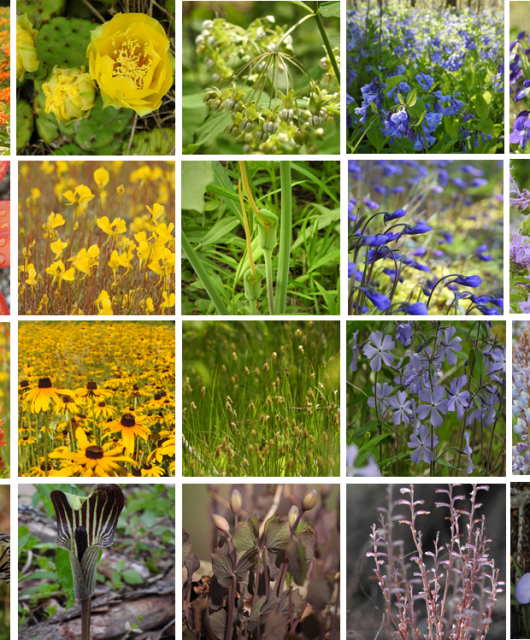
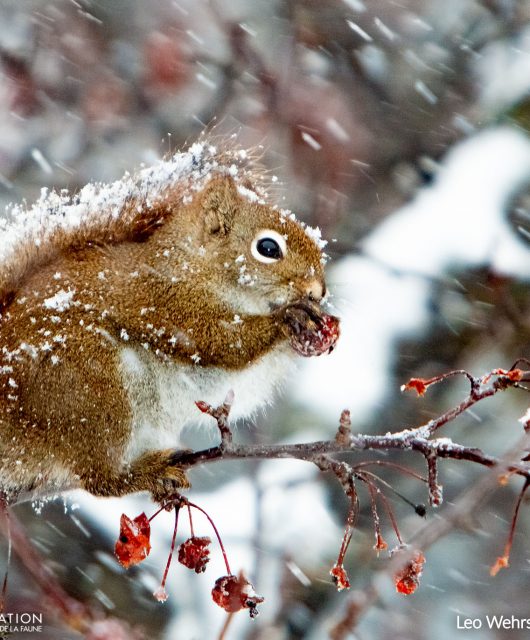
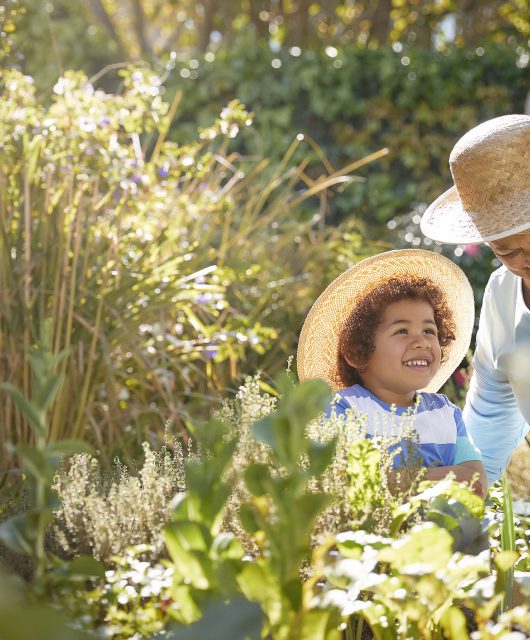

2 comments
very informative articles
Yes plant milkweed in your garden but NOT the common one they lay their eggs on. The roots spread and are the size and thickness of a garden hose. They went under my driveway and patio and shoots can come up anywhere along the root. The only way to get rid of them is to carefully dig them out by hand. You cannot keep that soil in your garden or the little pieces of root left behind will grow again. NEVER AGAIN. I can’t plant anything in that garden until no further shoots come up. I was disappointed because I know how important the plant is to the monarch butterfly. I will plant other cultivars of milkweed that don’t have such invasive roots. I’m pondering whether I can grow common milkweed in a pot, without it escaping. I don’t want to have that awful experience again!